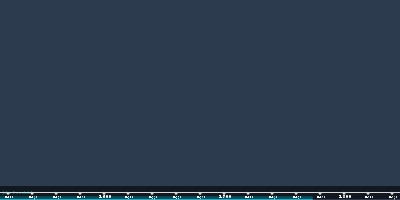The Classical Era (1 ene 1750 año – 1 ene 1820 año)
Descripción:
The Classical era began as a reaction against the thick contrapuntal and ornamental textures of the Baroque period. Instead, composers preferred the following devices:Rococo - lightness and grace in the music
Style gallant - referring to music that is refined and accessible instead of learned and academic
Empfindsamer Stil - music that is uncomplicated and direct in its expression
Homophony, clear cut structure, and light texture were preferred.
Contrapuntal writing was limited to fugal sections and some masses
Above all, music was focused on accurate expression of sentiments and passions, showing character in the music.
Aided by the use of tempo terms like allegro, vivace, grave, etc…
Also musical terms like maestoso, affetuoso, etc…
Instrumental music added more tremolo, and increased numbers of performing forces to increase dramatic effect. Astonishingly large numbers of performers for some concerts.
All orchestral ensembles included at least one keyboard instrument
Wind parts were doubled or tripled according to the number of strings
Raatio of orchestral players to singers typically 2 to 1
In England, new composition was not focused on, but instead it was almost completely focused on performance of works by Handel, a national treasure.
In the US, music composition was mostly psalms and hymns modeled after European compositions.
GENRES:
These genres began to change stylistically in accordance with the compositional devices listed above:
Opera
Ballet
Instrumental forms
These genres did not evolve until a bit later in the classical period:
Masses
Motets
oratorios
Other genres still in use:
Chorales
Chorale motets
Cantatas
Magnificats
Te Deums
Latin motets
Requiems
Psalms
Hymns
Anthems
Añadido al timeline:
fecha:
1 ene 1750 año
1 ene 1820 año
~ 70 years
